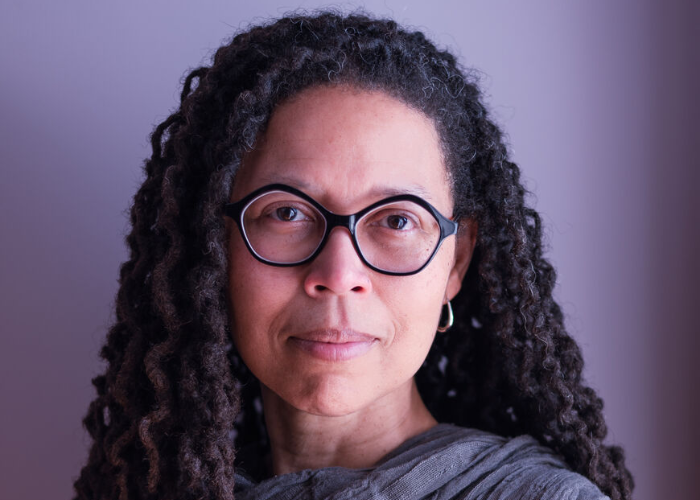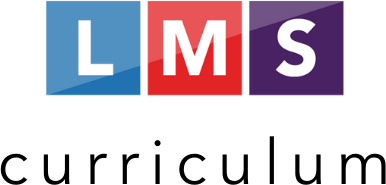women’s voting rights at one hundred (but who’s counting?)
by Evie Shockley

Writing Workshop
Workshop Title: History
Step 1
Ask your students, “What’s a “historical” issue that still persists today? How? Why? What can be done to change it?” Take 5-10 minutes to discuss.
Step 2
Read “women’s voting rights at one hundred (but who’s counting?)” by Evie Shockley. When you’re done, briefly discuss the speaker’s feelings and attitude toward the issue at hand.
Step 3
Say, “Choose a “historical subject,” along the lines of women’s voting rights, and jot down the way(s) in which there are still issues, barriers, or problems surrounding it today.” Give your students a few minutes to brainstorm.
Step 4
Ask your students to compose a poem similar in sentiment to “women’s voting rights at one hundred (but who’s counting?)” in which they address a historical issue that still persists today.
Step 5
When the students are done, have them share their responses with one another.
Analytical Lesson
Area of Focus: Structure (General)
Step 1
If your students are not familiar with the general concept of a poem’s “structure,” go through the introductory lesson.
Step 2
Start by reading the following article by Maggie Smith about her creative thought process behind the function of stanzas in her poetry.
Step 3
Now read “women’s voting rights at one hundred (but who’s counting?)” by Evie Shockley to your students. As you are reading the piece aloud, ask your students to think of the places where they feel stanza/line breaks would be most appropriate and/or natural.
- Do not project the poem on the board or have them read it in its original formatting at this time. It will ruin the point of the entire lesson lol.
Step 4
Ask your students to open the following document and go over the instructions with them. In this assignment, your students are going to format the unformatted piece by dividing it into separate stanzas/determining the lineation and discuss the rationale behind their artistic choices. Once you’ve gone over the instructions, give your students time to work.
Step 5
When your students are done, have them project their poems on the board and ask them to briefly discuss their creative choices. How did they divide their stanzas? What other formatting choices did they make?
Step 6
After a few responses, share Evie Shockley’s words about the poem and the creative decisions that went into it.
Essay Materials
Lesson Details
Lesson Info
Focus
- Structure
Themes
- Appreciation
- Class
- Community / Culture
- Family
- Gender / Gender Identity / Gender Expression / Sexism
- History
- Labor / Work
- Race / Ethnicity / Racism
- Social Movements / Protest
Literary Tags
- Diction
- Figurative Language
- Selection of Detail
- Structure
- Structure (Line Breaks)
- Structure (Syntax)
- Tone
Content Warning
- Racism or Racial Slurs
- Sexism and Misogyny
